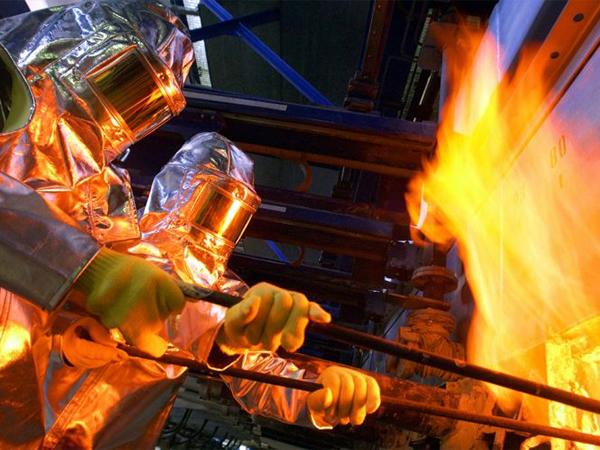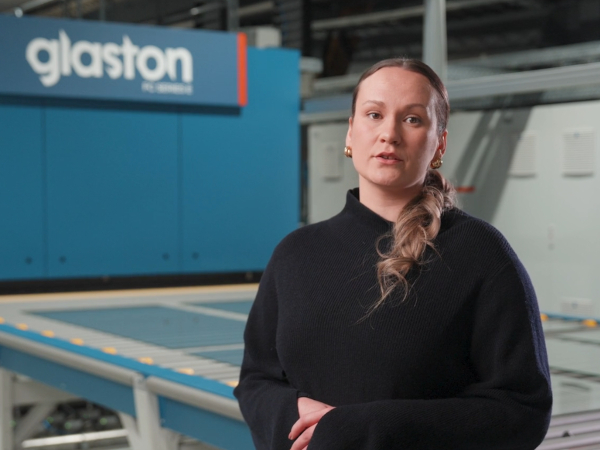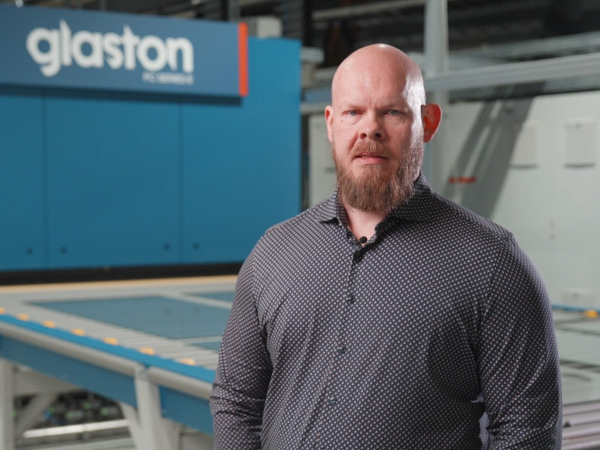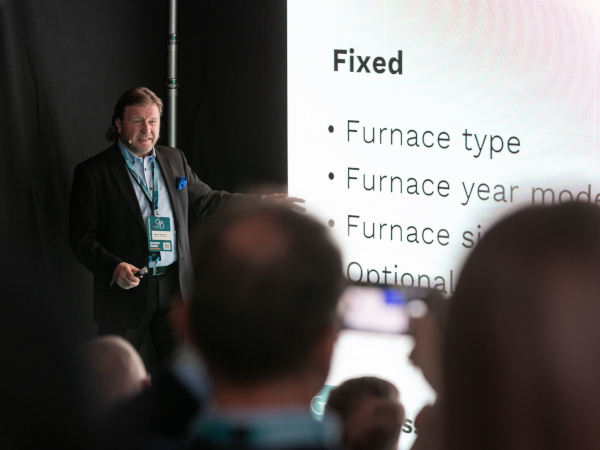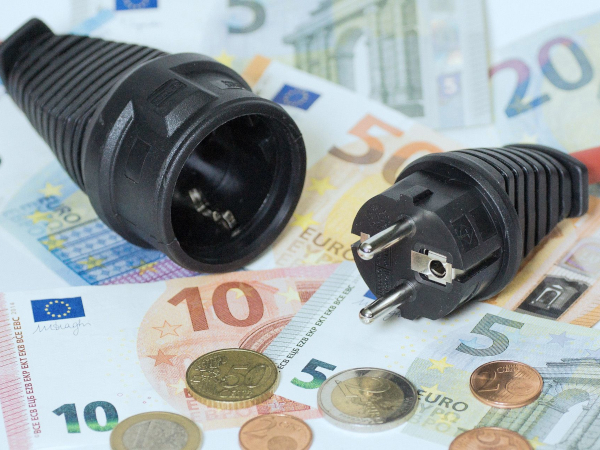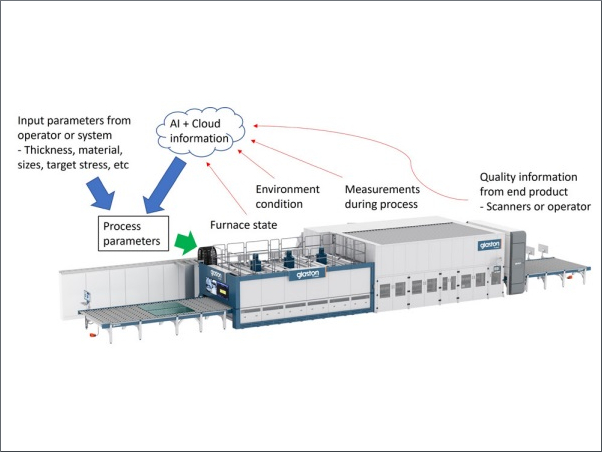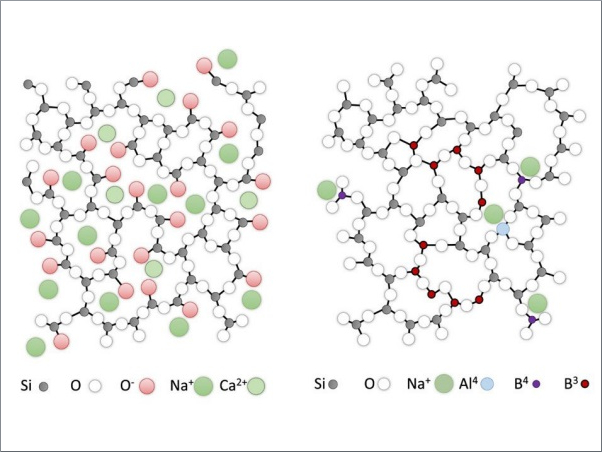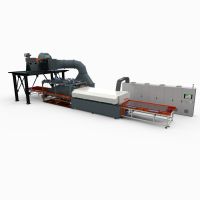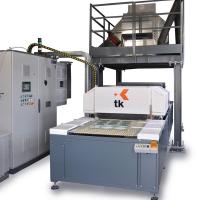Different glasses perform different functions, each with unique properties that boil down to variations in their raw materials and the manufacturing process. But all glass starts in the same place: the melt.

Inside this 1,200-degree Celsius oven and in the process that follows, elements and compounds form new bonds, gain mechanical strength, thermal stability, unique optical properties, and other attributes that allow them to perform at a consistently high level. Here’s what happens inside the melt and how it forms glass’s many advantages.
How is glass made and what is it made of?
Glass is composed of quartz sand, a prevalent mineral in the Earth’s crust (what you generally find at the beach), and elements and chemical compounds like boron, lime, and calcium carbonate. Different types of glass are made by selecting the right combination of elements and compounds.
Glass manufacturers rely on an element’s natural properties to influence a glass’s characteristics. For example, alkali aluminosilicate glasses have different properties than borosilicate or phosphate glasses.
The differences between the glass ‘families’ are a result of the interaction between the constituents of the glass. The properties of a glass can be tailored to a specific application or desired color via the combination of elements and compounds used in the glass melt.
The glass-making process is a confluence of chemistry, controlled engineering, and time.
Stepping into the melt

In a furnace known as a melt, the different elements and compounds are blended. Here’s how it happens:
- Raw ingredients funnel into the 1,200-degrees Celsius melt. After many hours of intense heat, the elements and compounds chemically combine into molten glass.
- The refining process eliminates bubbles and impurities. Raising the temperature allows gases and other impurities to escape the molten glass. The refining temperature depends on the glass’s chemical composition and final application.
- The glass is cooled to forming temperatures and shaped. The finished glass’s use influences the forming method: some borosilicate glass is floated on liquid tin to achieve smooth surface quality, while glass tubing is produced through a continuous drawing process.
- The glass moves to an annealing oven. Glass manufacturers must carefully cool the glass to set its chemical structures, so the shaped glass is run through an annealing furnace. The annealing ovens start out at a temperature near the glass transition temperature and slowly reduce heat down to the ambient temperature. The controlled reduction of heat is required to successfully reduce the stresses in the glass making the glass amenable to further processing. This process can take hours to months, depending on the type of glass and its thickness.
- After annealing, workers inspect the glass for defects. If a defect is identified, the glass can be recycled and melted, shaped, and annealed again.
- Any polishing, finishing, or special processes are completed. For example, anti-scratch coatings are applied to smartphone cover glass, ion-exchange baths strengthen pharmaceutical packaging, and a trip through an oven crystalizes some glass types into glass-ceramic.

From the beach to the furnace and out into the world
Creating glass out of raw materials requires a basic understanding of chemistry and engineering. Glass emerges from the melt to protect our data from theft, radiate heat from a fireplace, and navigate the driverless cars of the future, all depending on their chemistry.
Different elements and compounds give different glasses different properties for different applications. But all of them start in the melt.



